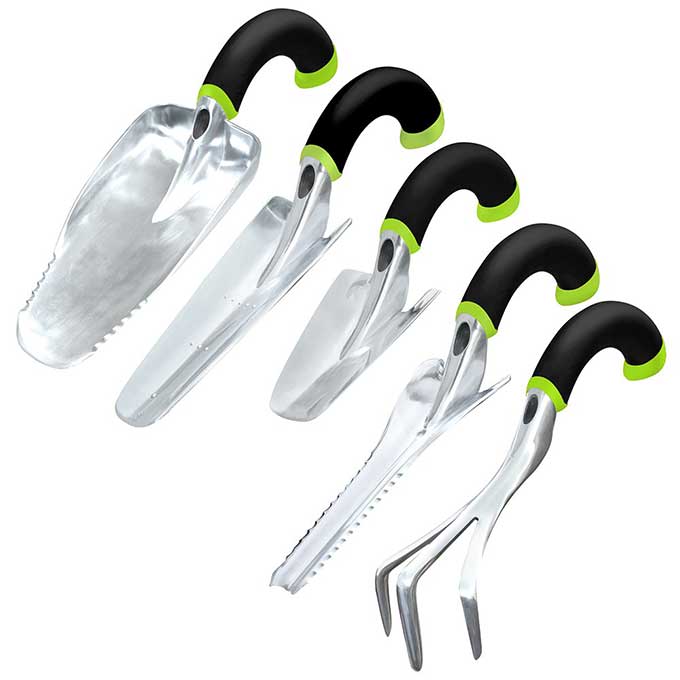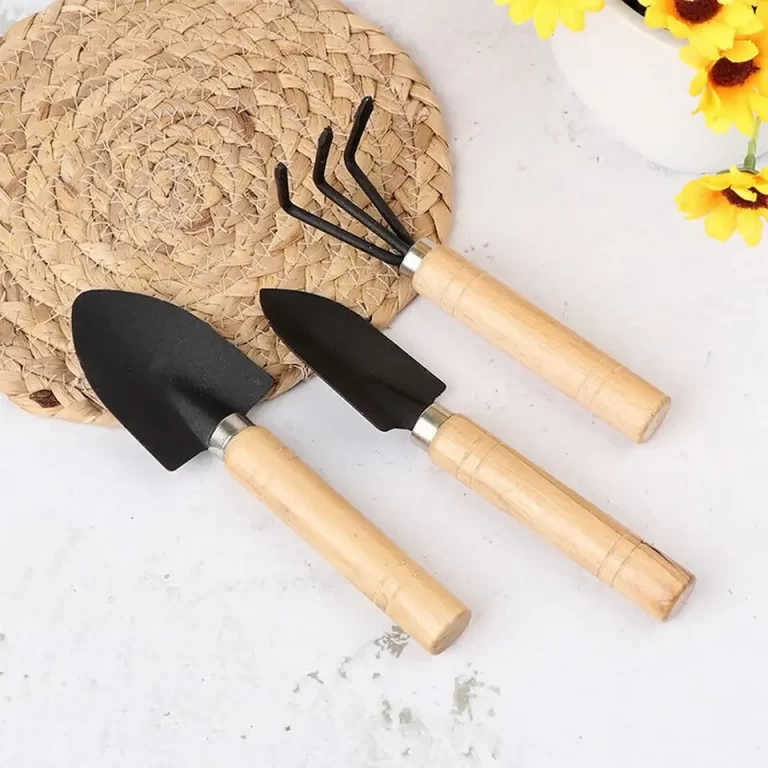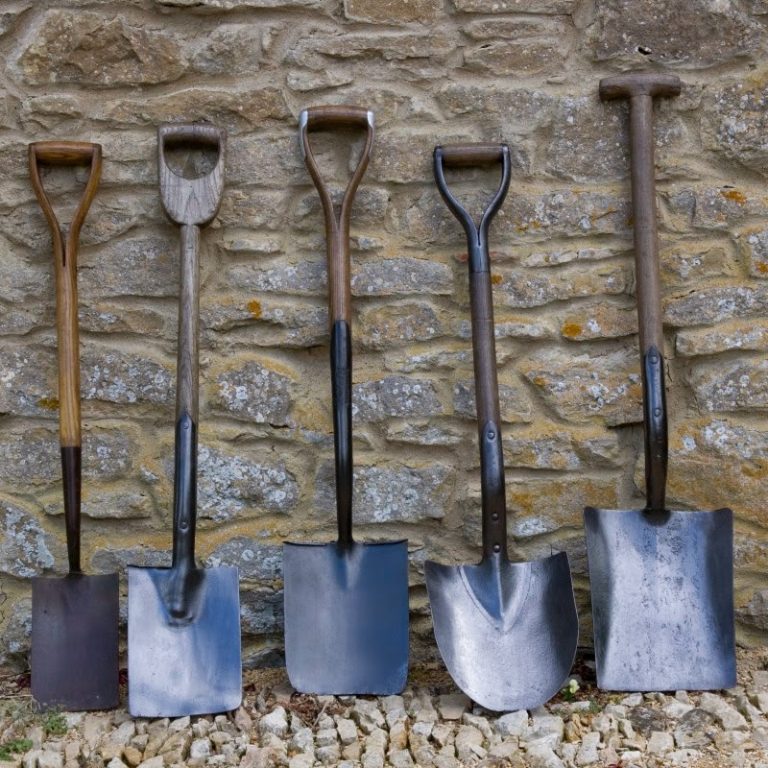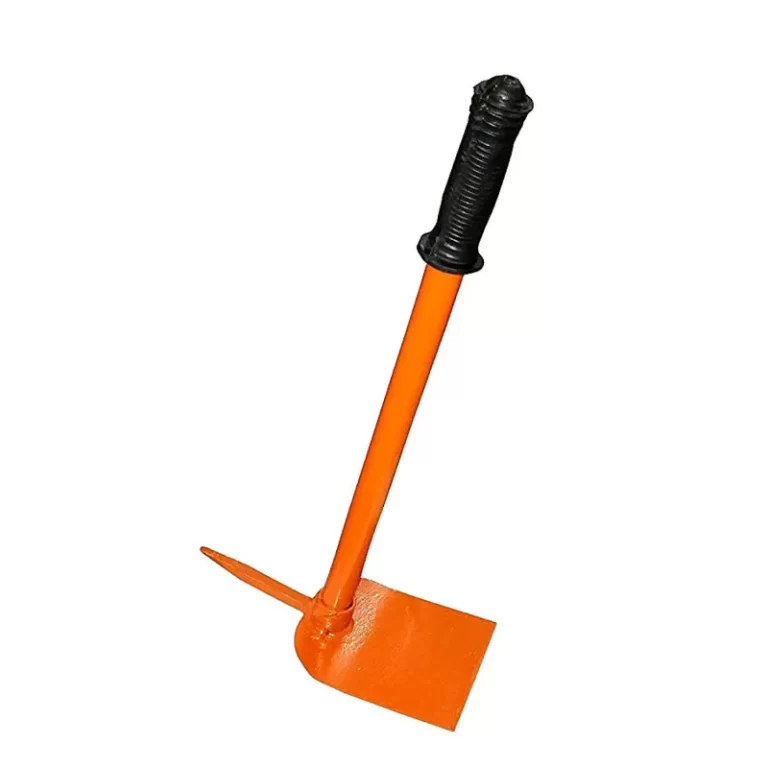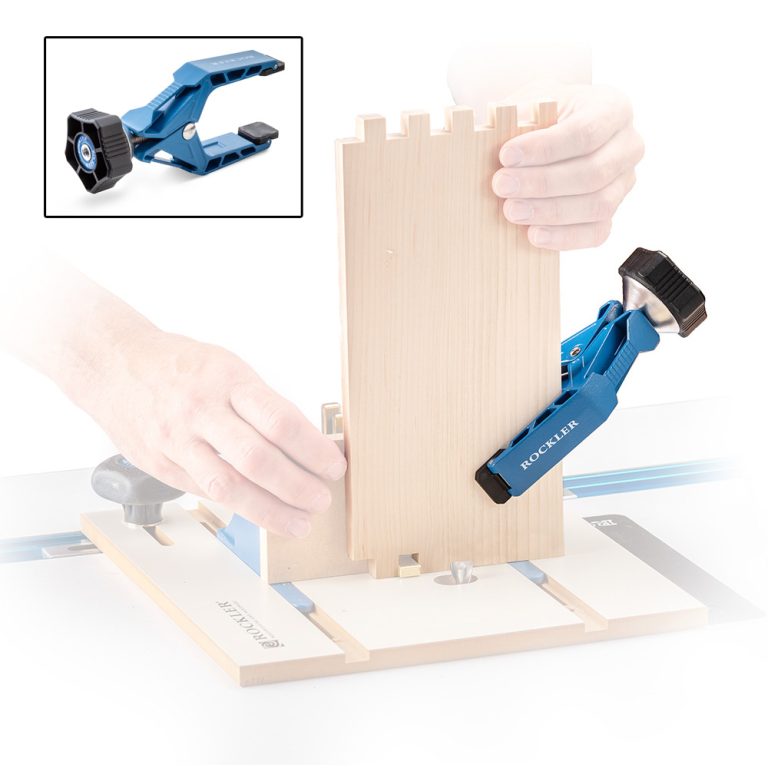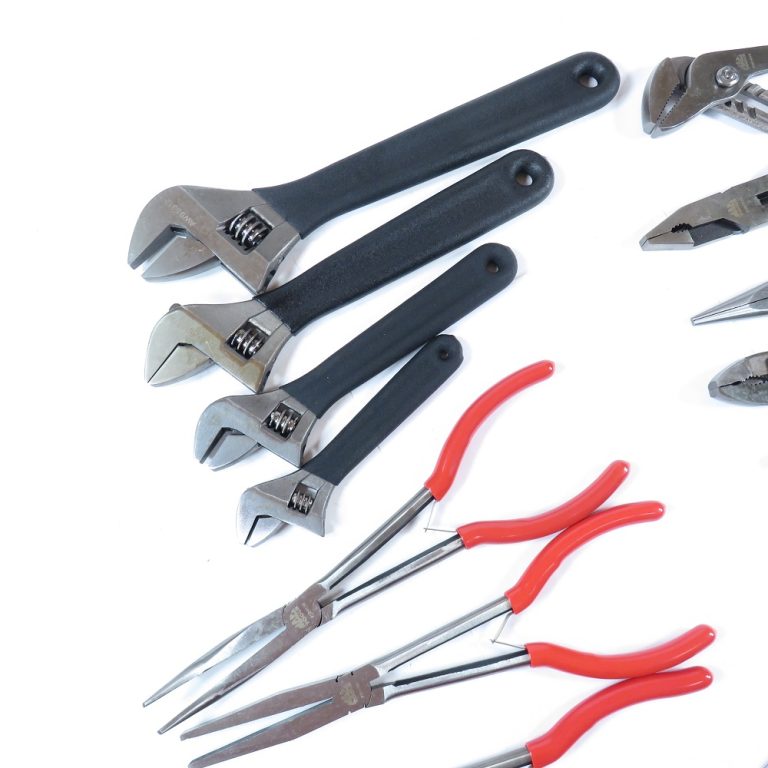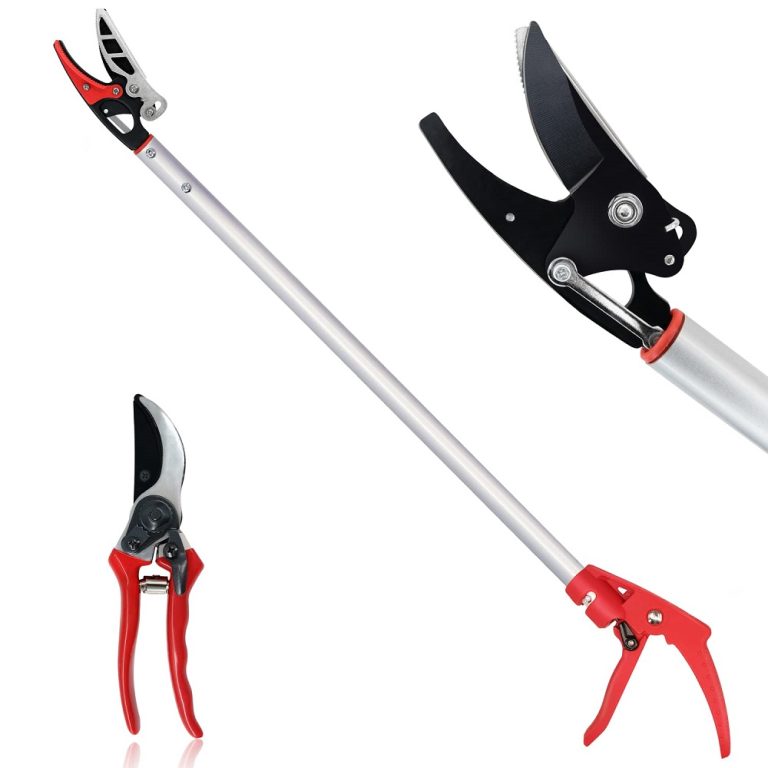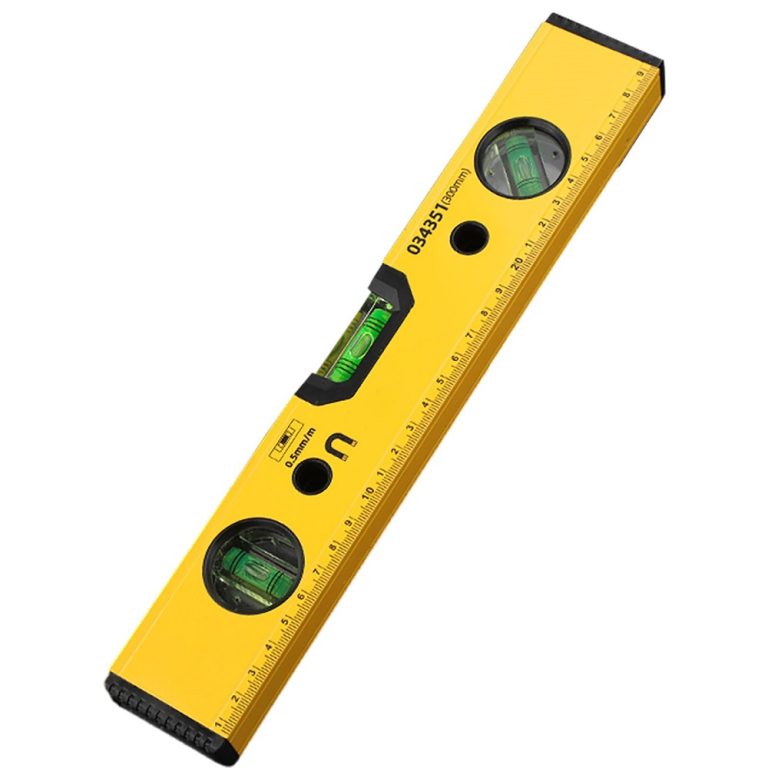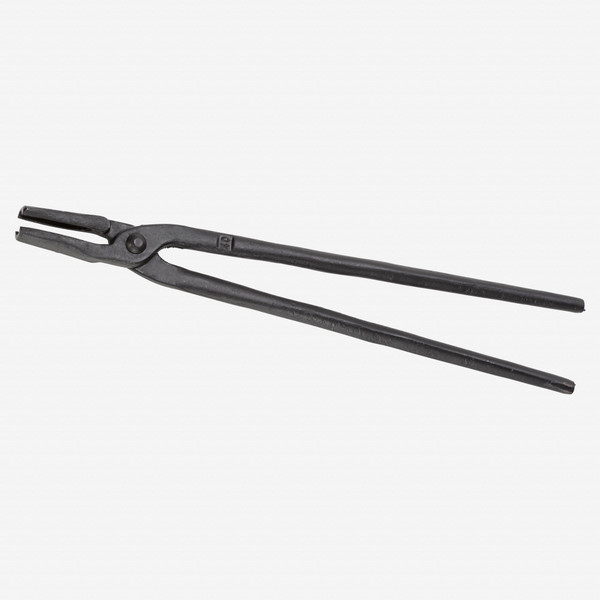What Are Ergonomic Garden Tools?
Ergonomic garden tools are designed to make gardening easier and more comfortable. They help reduce physical strain during garden tasks. These tools use smart designs to promote better posture and reduce stress on joints and muscles.
Features of Ergonomic Design
- Comfortable Grips: Ergonomic tools have soft, non-slip handles for better grip and control.
- Lightweight Materials: They are often made from materials like aluminum or carbon fiber.
- Angled Handles: The handles are designed at angles to reduce wrist strain.
- Adjustable Components: Some tools allow adjustments for height or hand size.
- Balanced Weight: These tools are evenly balanced to feel lighter during use.
Benefits of Using Ergonomic Tools in Gardening
- Reduced Physical Strain: They minimize pressure on wrists, hands, and back.
- Improved Efficiency: You can complete gardening tasks faster and with less effort.
- Better Posture: Ergonomic tools help maintain a natural, comfortable posture.
- Lower Injury Risk: By reducing strain, they prevent common gardening injuries.
- Increased Enjoyment: Gardening becomes more enjoyable when it doesn’t cause discomfort.
Why Comfort Matters in Gardening
Gardening is not just a hobby; it’s also a physical activity. Ensuring comfort while gardening is essential for maintaining your health and enjoyment. Prolonged discomfort can lead to aches, pains, or even long-term injuries. Ergonomic garden tools play a critical role in preventing such issues and making gardening more pleasant.
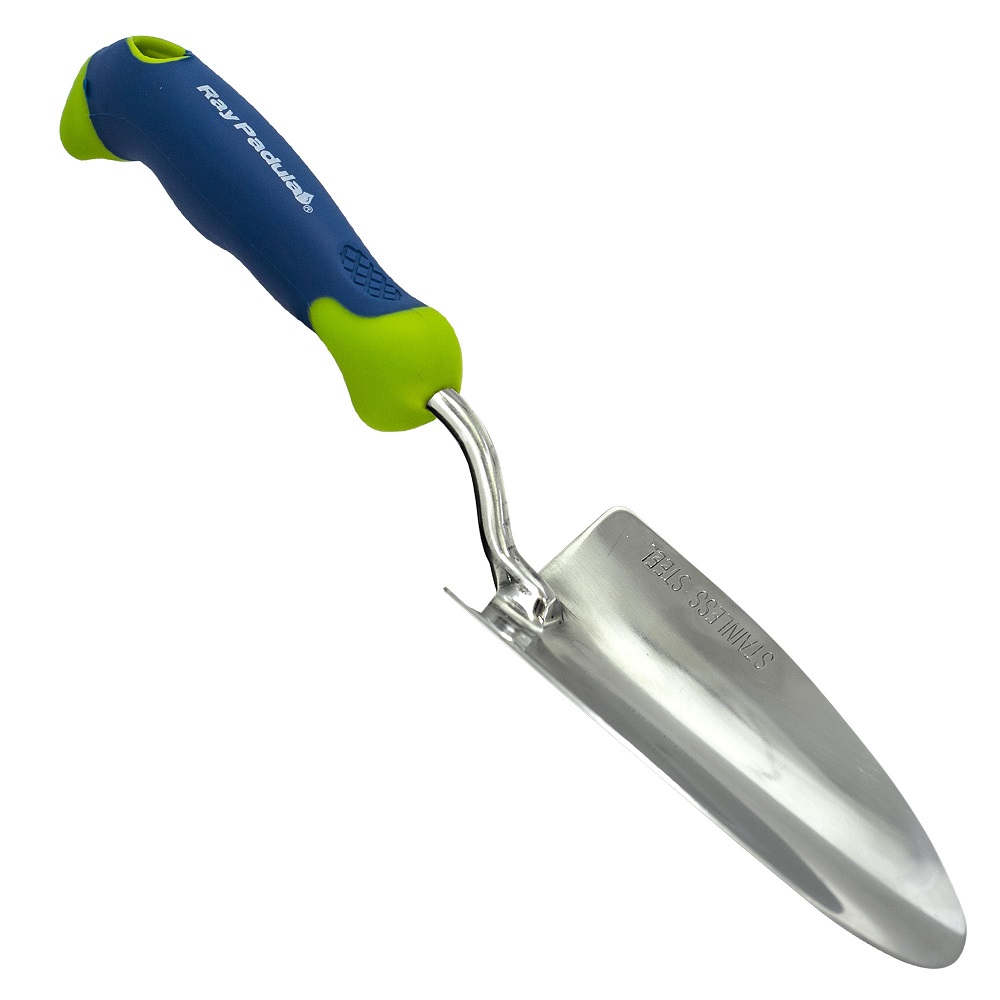
Common Gardening Strains and Injuries
Gardening often involves repetitive motions and awkward postures. These can cause strains and injuries. Some common problems include:
- Wrist Strain: Caused by using heavy or poorly designed tools.
- Lower Back Pain: Resulting from bending for long periods.
- Knee Pain: From kneeling on hard surfaces without protection.
- Shoulder Tension: Triggered by lifting or pulling heavy objects.
- Blisters and Hand Fatigue: Often due to uncomfortable tool handles.
Each of these issues can interfere with your ability to enjoy gardening. Recognizing these risks is the first step in finding solutions.
How Ergonomic Tools Can Prevent Discomfort
Ergonomic garden tools provide practical solutions to prevent discomfort and injuries, such as:
- Promoting Proper Posture: Tools with angled handles reduce wrist and back strain.
- Minimizing Effort: Lightweight and balanced tools reduce physical exertion.
- Improving Hand Comfort: Soft-grip handles prevent hand fatigue and blisters.
- Providing Knee Support: Padded kneelers protect your knees during work.
- Increasing Safety: Ergonomic designs reduce the chance of overuse injuries.
By investing in ergonomic garden tools, you can enjoy gardening while protecting your health. Comfort ensures you can garden for longer periods without suffering strains or injuries.
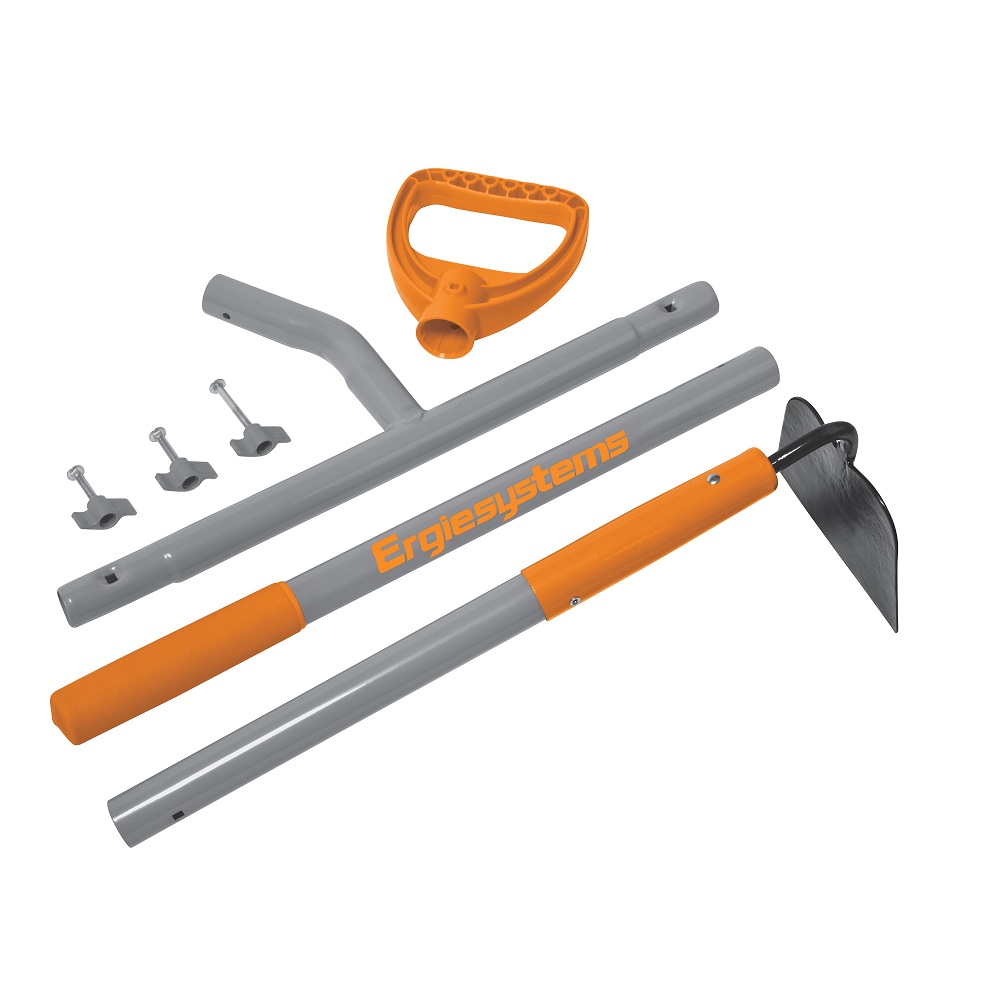
Key Ergonomic Garden Tools for Every Gardener
Using ergonomic garden tools makes gardening easier and reduces strain on your body. Let’s explore essential tools that every gardener should consider to improve comfort and efficiency.
Ergonomic Pruners and Shears
Ergonomic pruners and shears are designed for precise cutting with minimal hand effort. They have features such as:
- Comfortable Grips: Soft, non-slip handles ensure a secure grip and reduce hand fatigue.
- Spring Mechanisms: Some models have spring-action handles for smoother cutting.
- Lightweight Design: Their light construction helps prevent wrist strain during extended use.
- Angled Blades: Angled cutting heads minimize the need for awkward hand positions.
These tools are perfect for trimming branches, deadheading flowers, and shaping plants comfortably.
Adjustable Garden Kneelers and Seats
Garden kneelers and seats provide much-needed support for activities near the ground. Features include:
- Padding for Comfort: Soft cushions protect your knees and reduce pressure during gardening.
- Height Adjustments: Adjustable seats let you tailor their height to suit your posture.
- Dual Functionality: Many kneelers double as seats for added versatility.
- Lightweight Frames: Easy-to-carry designs ensure effortless movement around the garden.
These tools are ideal for planting, weeding, or harvesting without discomfort.
Lightweight Hand Trowels and Weeders
Hand trowels and weeders help with soil tasks while ensuring ergonomics. Key benefits include:
- Light Materials: Aluminum or carbon fiber tools are lighter and easier to handle.
- Contoured Handles: Designed to fit your hand comfortably and reduce wrist tension.
- Balanced Weight: Proper weight distribution makes digging less tiring.
- Durable Construction: Sturdy materials resist bending during use.
These tools work well for planting bulbs, digging holes, or removing weeds effortlessly.
Comfortable Garden Gloves with Wrist Support
Garden gloves with ergonomic designs protect your hands and wrists. Features to look for include:
- Padded Palms: Extra padding absorbs impact and reduces hand strain.
- Breathable Fabrics: Materials like spandex or leather keep hands cool and comfortable.
- Wrist Support: Adjustable straps or supports help stabilize your wrists.
- Grip-enhanced Surfaces: Textured palms enhance grip on tools and plants.
These gloves are essential for digging, pruning, or handling tools while keeping your hands safe and relaxed.
Investing in these ergonomic garden tools allows you to work smarter, not harder, in your garden.
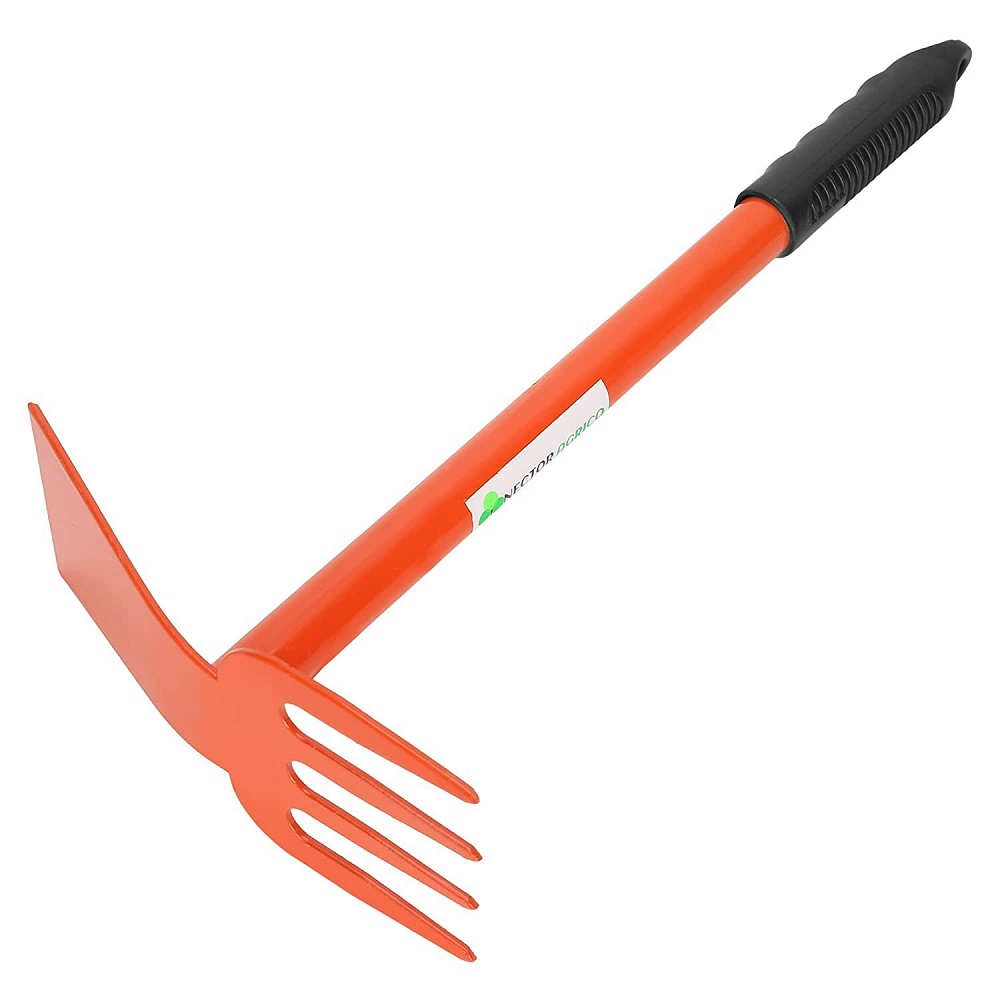
Tips for Choosing the Right Ergonomic Tools
Selecting the right ergonomic garden tools is crucial for comfort and efficiency. Here’s how to make the best choice for your needs.
Evaluating Quality and Materials
- Durable Construction: Choose tools made from strong materials like stainless steel or carbon fiber. These last longer even with heavy usage.
- Lightweight Design: Opt for lighter materials like aluminum to reduce arm and wrist fatigue.
- Non-Slip Handles: Look for grips made from rubber or silicone for enhanced control and comfort.
- Rust Resistance: Tools with rust-resistant coatings ensure longevity and less maintenance.
- Safety Features: Some tools come with locking mechanisms to prevent accidents when not in use.
Matching Tools to Your Gardening Needs
- Analyze Your Tasks: Identify the gardening activities you do most (e.g., pruning, digging, or weeding).
- Tool Versatility: Choose ergonomic tools suited for multiple purposes to maximize their value.
- Consider Your Space: Compact tools may be better for small gardens, while larger tools suit wide areas.
- Physical Needs: For those with arthritis or limited strength, select tools with cushioned and angled handles.
- Weather Adaptability: Tools with water-resistant grips ensure usability in all conditions.
Trying Before You Buy: Ensuring a Comfortable Fit
- Handle Comfort: Make sure the handles fit your hand size comfortably and don’t cause strain.
- Weight Balance: Check if the tool feels evenly balanced when held to avoid wrist tension.
- Test Adjustability: If applicable, test adjustable tools to ensure the right height or angle for you.
- Trial Usage: Some gardening stores allow you to test tools; take advantage of this option.
- Return Policies: Ensure the retailer offers returns to exchange tools that don’t fit your needs.
By following these tips, you can find ergonomic garden tools that enhance your gardening experience and protect your body.
Caring for Your Ergonomic Garden Tools
To get the most out of your ergonomic garden tools, regular care is essential. Proper maintenance and storage ensure the tools remain effective and durable over time. Here are some important tips to help you maintain and store these specialized tools.
Cleaning and Maintenance Tips
- Clean After Each Use: Rinse off dirt and debris immediately after gardening to prevent buildup.
- Dry Thoroughly: Always dry your tools completely after washing to avoid rust formation.
- Sharpen Blades: Regularly sharpen pruning shears and other cutting tools for a smooth cut.
- Lubricate Moving Parts: Apply light oil to hinges and springs to keep them operating smoothly.
- Inspect for Damage: Check for cracks or loose parts, and repair or replace damaged tools.
- Disinfect Tools: Clean tools with a mild disinfectant to prevent spreading plant diseases.
By cleaning and maintaining your ergonomic garden tools, you ensure longevity and consistent performance.
Proper Storage to Extend Tool Life
- Use a Dry Environment: Store tools in a dry, ventilated space to prevent moisture-related damage.
- Hang Tools: Use hooks or wall mounts to hang tools and keep them off the ground.
- Protect Sharp Edges: Cover blades with sheaths or guards to avoid accidental cuts or dulling.
- Organize Properly: Keep tools organized so they are easy to find and access when needed.
- Avoid Direct Sunlight: Prolonged sun exposure can degrade tools with rubber or plastic components.
Proper storage ensures your ergonomic garden tools remain in optimal condition and ready to use. Investing time in care and storage saves money in the long run by extending your tools’ lifespan.
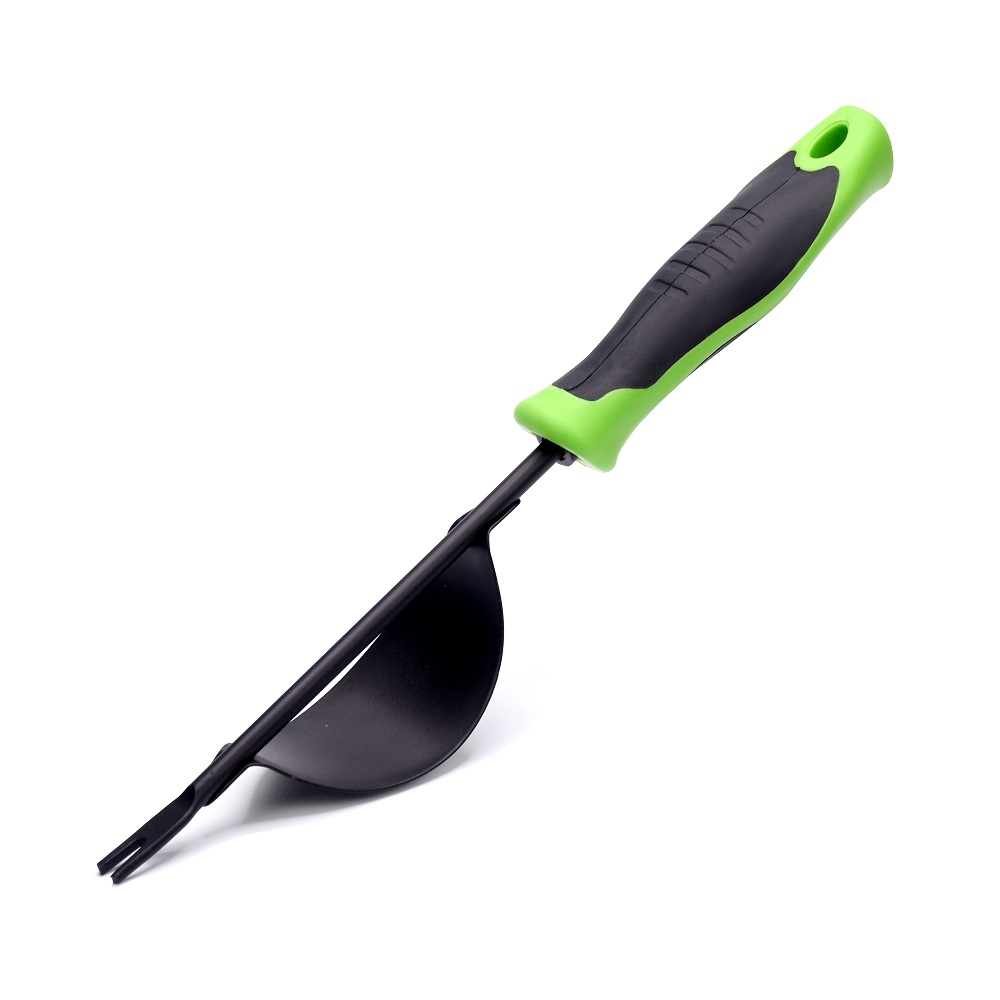
Where to Buy Ergonomic Garden Tools
Finding ergonomic garden tools is easy if you know where to look. From online options to local stores, there are plenty of sources for high-quality tools.
Online Retailers and Gardening Stores
- Online Marketplaces: Websites like Amazon and eBay offer a huge selection of ergonomic garden tools. They feature customer reviews, helping you make informed choices.
- Specialized Garden Stores: Online stores like Gardener’s Supply Company often focus on ergonomic tools for comfort.
- Hardware Retailers: Home improvement websites such as Home Depot or Lowe’s have ergonomic gardening sections. They frequently offer discounts during seasonal promos.
- Direct Manufacturer Sites: Buying directly from tool brands like Fiskars or Radius Garden allows access to specialty items.
- Local Garden Centers: Physical stores allow you to try tools and ensure they meet your needs.
Shopping online provides convenience, while local stores allow hands-on testing. Choose the option that matches your preference.
Recommendations for Trusted Brands
- Fiskars: Known for durable, ergonomic designs with soft grips and lightweight materials.
- Radius Garden: Offers tools with curved handles for wrist comfort and balanced construction.
- Corona: A popular choice for pruners and shears, focusing on ergonomic functionality.
- Bully Tools: Creates sturdy options for heavy-duty gardening while minimizing strain on the body.
- DeWit: Specializes in high-quality tools made from long-lasting materials with ergonomic shapes.
These brands are reliable and offer a range of tools suited to different gardening needs. Investing in products from trusted companies ensures long-term satisfaction and better gardening experiences.
The Long-Term Benefits of Investing in Ergonomic Tools
Using ergonomic garden tools offers benefits that extend beyond immediate comfort. These tools improve your gardening experience and reduce injury risks over time. Let’s explore these benefits in detail.
Improved Gardening Experience
- Enhanced Comfort: Ergonomic designs ensure your hands, wrists, and back remain strain-free.
- Increased Efficiency: Tasks like pruning and weeding become faster and easier with ergonomic tools.
- Longer Gardening Sessions: You can work longer without experiencing fatigue or discomfort.
- Higher Productivity: Comfortable tools help maintain focus and energy levels during gardening.
- More Enjoyable Hobby: Gardening becomes pleasurable when tools support your body mechanics.
Reduced Risk of Injury Over Time
- Prevention of Overuse Injuries: Tools with cushioned grips and balanced weight minimize stress.
- Less Joint Strain: Angled handles reduce pressure on wrists and elbows during use.
- Protection for Knees and Back: Adjustable seats and padded kneelers alleviate strain from bending or kneeling.
- Blister-Free Work: Soft-grip handles reduce friction and avoid hand injuries.
- Safer Aging: Older gardeners can maintain their hobby without fear of injuries.
Investing in ergonomic garden tools ensures a comfortable, healthy, and efficient gardening journey for years to come.
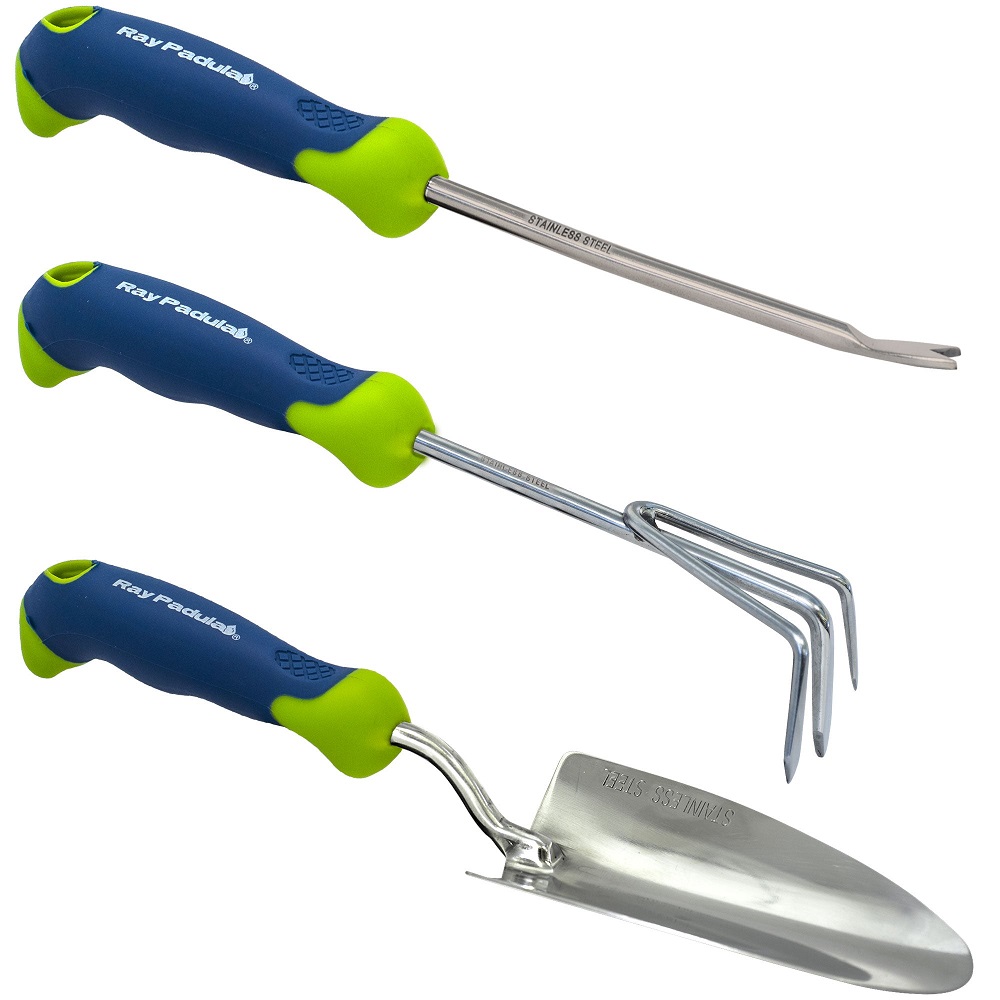
Investing in Quality Ergonomic Tools
Research Before You Buy
Investing in quality ergonomic tools may require an initial expenditure, but the benefits are worth it. Conduct research to find tools that meet your needs. Read reviews and ask fellow gardeners for recommendations. Quality tools provide durability and effectiveness, making them an excellent investment for your gardening journey.
Look for Warranties and Guarantees
Many manufacturers offer warranties or satisfaction guarantees on their ergonomic tools. This can provide added peace of mind when making a purchase. If you invest in high-quality tools, you can feel confident that they will enhance your gardening experience for years to come.
Creating an Ergonomic Gardening Workspace
Organizing Your Garden Area
An ergonomic gardening workspace can further enhance your comfort. Start by organizing your garden area efficiently. Ensure that your most-used tools are within easy reach. Create designated areas for various tasks, like planting, weeding, and pruning. Having a well-structured space reduces unnecessary movement and minimizes strain.
Mind Your Posture
As you work in your garden, pay attention to your posture. Whether standing, kneeling, or sitting, maintaining proper alignment is essential. Be conscious of your back and neck position. Move with intention, using your legs to lift rather than straining your back. Good posture will help you avoid fatigue and injury while enjoying your gardening tasks.
Conclusion: Enjoy Gardening Without Pain
Ergonomic garden tools offer invaluable solutions for pain-free gardening. They allow you to enjoy your gardening passion without the discomfort that often accompanies traditional tools. By investing in ergonomic hand tools, long-handled tools, and lightweight designs, you can minimize physical strain. Techniques for organization and maintaining proper posture can further enhance your experience.
Gardening is a rewarding activity that connects you to nature and provides physical exercise. With ergonomic tools, you can ensure that your time in the garden remains pleasurable and fulfilling. No longer should pain or discomfort hinder your gardening activities. Embrace ergonomic tools, and you will find joy in every moment spent nurturing your plants.
